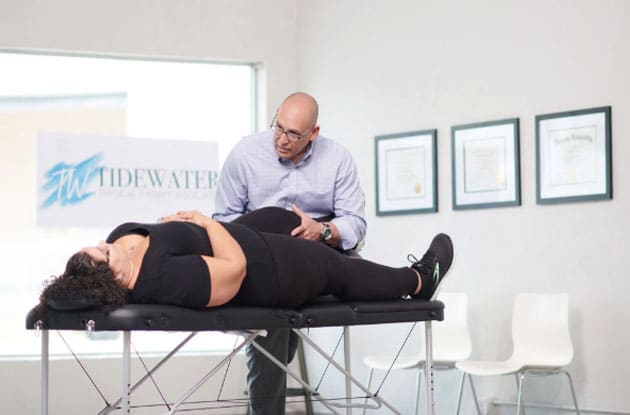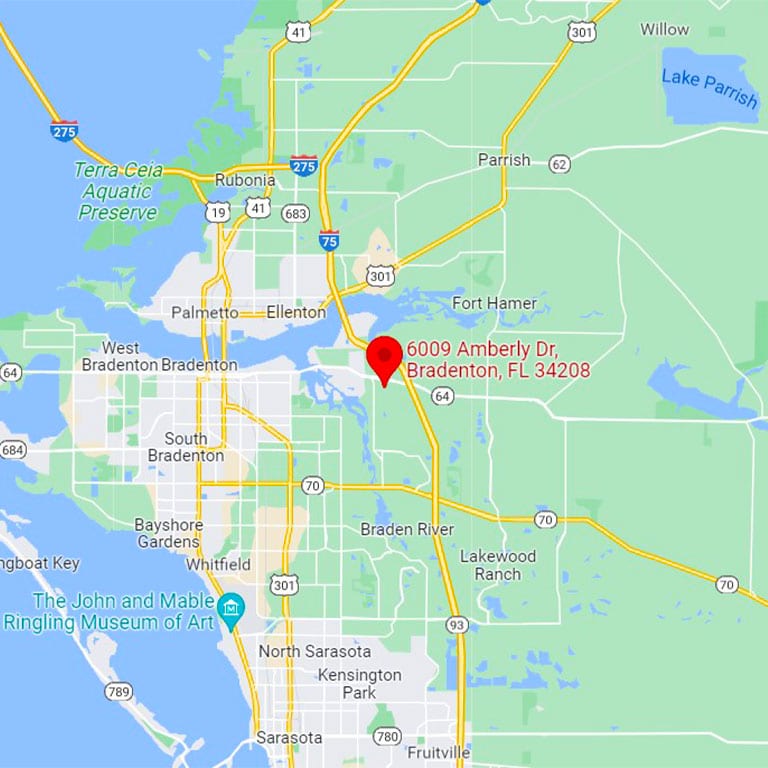Resources
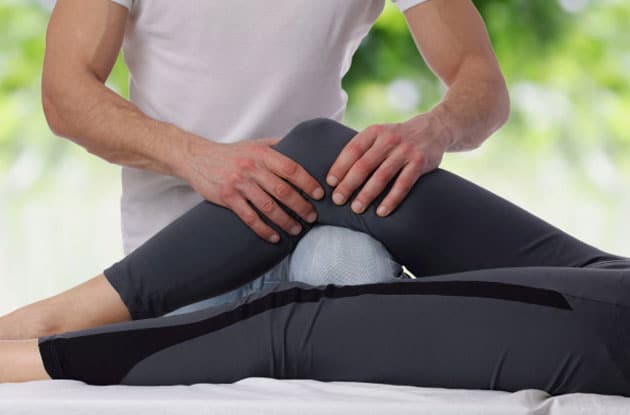
Choose Physical Therapy For Safe Pain Management
Movement is crucial to a person’s health, quality of life, and independence. For some people, pain makes movement a challenge. Pain is one of the most common reasons people seek health care. A physical therapist (PT) can help people move better and safer and manage their pain.
Who are physical therapists?
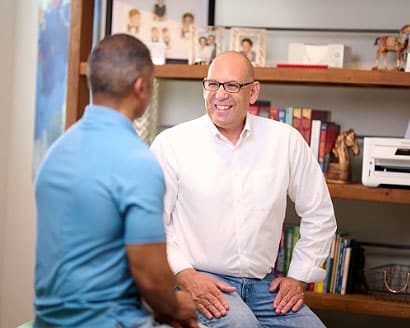
PTs are movement experts who improve the quality of life through prescribed exercise, hands-on care, and patient education. PTs treat people of all ages and abilities and empower them to actively take part in their own care.
Physical therapist assistants (PTAs) work with patients under the direction of a PT and teach and demonstrate exercises that help improve mobility, strength, and coordination.
To ensure the best possible care, PTs often work with other members of a patient’s healthcare team. After performing an evaluation, PTs create personalized plans of care that can help you:
- Improve mobility and function
- Manage pain and chronic conditions
- Avoid surgery
- Reduce the use of opioids and other prescription drugs
- Recover from injury
- Prevent future injury and chronic disease
Here are three tips for managing pain:
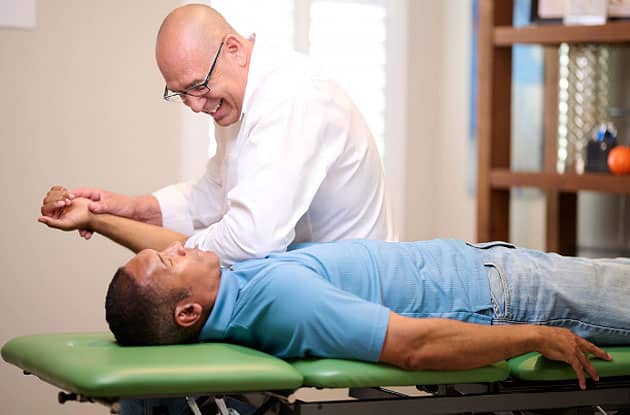
Tip: Work with your PT to understand your pain. PTs play a valuable role in the patient education process, including setting realistic expectations for recovery with or without opioids. This allows you to take a proactive approach to pain management.
Tip: Keep moving. An active lifestyle that is appropriate for your condition can help manage symptoms and decrease or eliminate pain. The body was built to move, and doing so regularly can help improve quality of life. PTs prescribe exercise specific to your condition, needs, and goals.
Tip: If you experience an injury or develop the onset of pain, seeing a PT early on can help address and manage your symptoms.
When and where do you see a physical therapist?
Pain management is just one reason to work with a PT. They can also help you prevent future injury or chronic conditions. You do not need a physician’s referral to make an appointment with a PT for an evaluation.
PTs can specialize in a variety of areas, including geriatrics, neurology, oncology, orthopedics, pediatrics, sports, and women’s health. They provide treatments in:
- Hospitals, outpatient clinics, or offices
- Inpatient rehabilitation facilities
- Skilled nursing, extended care, or subacute facilities
- Schools, education, or research centers
- Fitness centers and sports training facilities
- Hospice settings
- Your workplace
- Your home
Physical Therapists Help You Overcome Barriers to Physical Activity
According to the Department of Health and Human Services Facts & Statistics on physical activity, more than 80% of American adults do not get enough physical activity despite the proven benefits, such as a reduced risk of some cancers and chronic diseases, as well as improved bone health, cognitive function, weight control, and quality of life. As a result, half of the adults — 117 million people — have one or more chronic diseases. The good news is that regular physical activity can help prevent and improve many chronic conditions.
Barriers to movement and physical activity can be small or large, real or perceived. Whatever barriers may be preventing you from enjoying the many important health benefits of physical activity, physical therapists will partner with you to create a safe and effective program to get you moving.
Physical therapists are movement experts who improve the quality of life through hands-on care, patient education, and prescribed movement. Using the latest evidence, physical therapists design physical activity plans for people of all ages and abilities specific to their needs, challenges, and goals.
Physical therapists and physical therapist assistants work together and collaborate with other members of your healthcare team to maximize your movement and empower you to be an active participant in your care.
11 Barriers to Physical Activity and How to Overcome Them
1. It’s too late to start, I’m too old, or I’ve been physically inactive for a long time.
It’s never too late to get moving. According to a recent JAMA Network Open study, adding physical activity at any age has benefits. In addition to an increased life span, adding the recommended amount of physical activity for your age and ability to your daily routine can help you manage stress, improve memory and brain function, avoid chronic disease, and much more.
2. It hurts when I …
Movement is crucial to your health, quality of life, and independence. For some people, pain makes movement a challenge. Pain is one of the most common reasons people seek health care. A physical therapist can help you move better and safely manage your pain.
3. I don’t have time.
Some physical activity is better than nothing. Try to fit in a few short bursts of physical activity a few times a day for a total of 30 minutes. Make sure that the activity increases your heart rate.
Parents should make physical activity part of their family’s daily routine to establish a lifelong commitment to health for their children. Play an outdoor game like hopscotch or tag with the kids (playing is for adults, too!). If you’re a caretaker, maintaining your health is vital to being there for those you love. Determine when it makes the most sense to fit small amounts of physical activity into your daily routine. If possible, include movement as part of the care you provide your loved ones. They need to move, too, and you’ll both benefit.
4. I don’t have access to a gym or equipment.
You don’t need a gym membership or fancy equipment to enjoy the benefits of physical activity. You can get plenty in and around your home. Dancing, jogging, walking, climbing stairs, and gardening are all examples of physical activities that you can do without any equipment. Try doing body-weight exercises at least two days a week to improve your balance, flexibility, and strength. Use household objects, e.g., cans, and milk jugs, to strengthen muscles.
Try these physical therapists- and physical therapist assistant-led home exercise videos.
5. I don’t like to exercise.
Competitive sports and hour-long fitness classes are not for everyone. Physical activity doesn’t have to involve things you don’t like doing to be effective. Discover the types of activities that you enjoy and make them part of your daily physical activity routine.
6. I can’t get motivated, it’s too big of a hurdle, or I don’t know where to begin.
Physical activity releases endorphins, and the feeling of well-being you get after a good workout will become its own reward. To help you get started, offer yourself a small reward each time you are physically active until it becomes a habit. Perhaps looking forward to a special reward will help you reach the recommended physical activity guidelines for your age and ability. Resolve not to watch your favorite TV show unless you have met your daily movement goal. Break down long-term goals into small goals and work on achieving them one at a time. Keep a journal of how you feel after you’ve been physically active and each time you reach a goal. Set yourself up for success with these tips:
Make it convenient (walking shoes, hand weights, or resistance bands within easy reach of your desk or where you spend the most time).
Schedule time for a daily physical activity break and set a calendar reminder.
Track your steps daily. Increase your step count goal each week.
8. I’m afraid of hurting myself.
The right activity for you depends on your age, ability, and goals. A physical therapist can help you identify a safe and effective physical activity plan for your age and ability that addresses your fears and helps you reach your goals.
9. I feel out of breath when I move/walk/exercise even a little bit.
It is normal to feel a bit winded when doing physical activities in which you exert yourself more than usual. It’s a sign that you’ve raised your heart rate. If you worry for any reason that physical activity will be unsafe, contact a physical therapist before you begin. After an evaluation, a physical therapist can work with you to find the right duration and type of physical activity to improve your stamina and overall health.
10. I’m tired all the time; I have no energy to exercise.
Research shows that exercise boosts energy levels. Physical activity helps deliver oxygen and nutrients to our tissues and vascular system, and other body functions work more efficiently. Physical activity also improves brain function and mental health, lowers anxiety, promotes better sleep, and aids in weight management. All of these enhance our energy and lead to feelings of well-being.
11. I work out all the time but can’t reach my goal.
Finding the right plan for you is essential to your success. If you are having trouble meeting strength and conditioning goals, despite your best effort, a physical therapist can work with you to identify any issues and design a program to maximize your movement and enhance performance.
This information was made available by ChoosePT.com.
